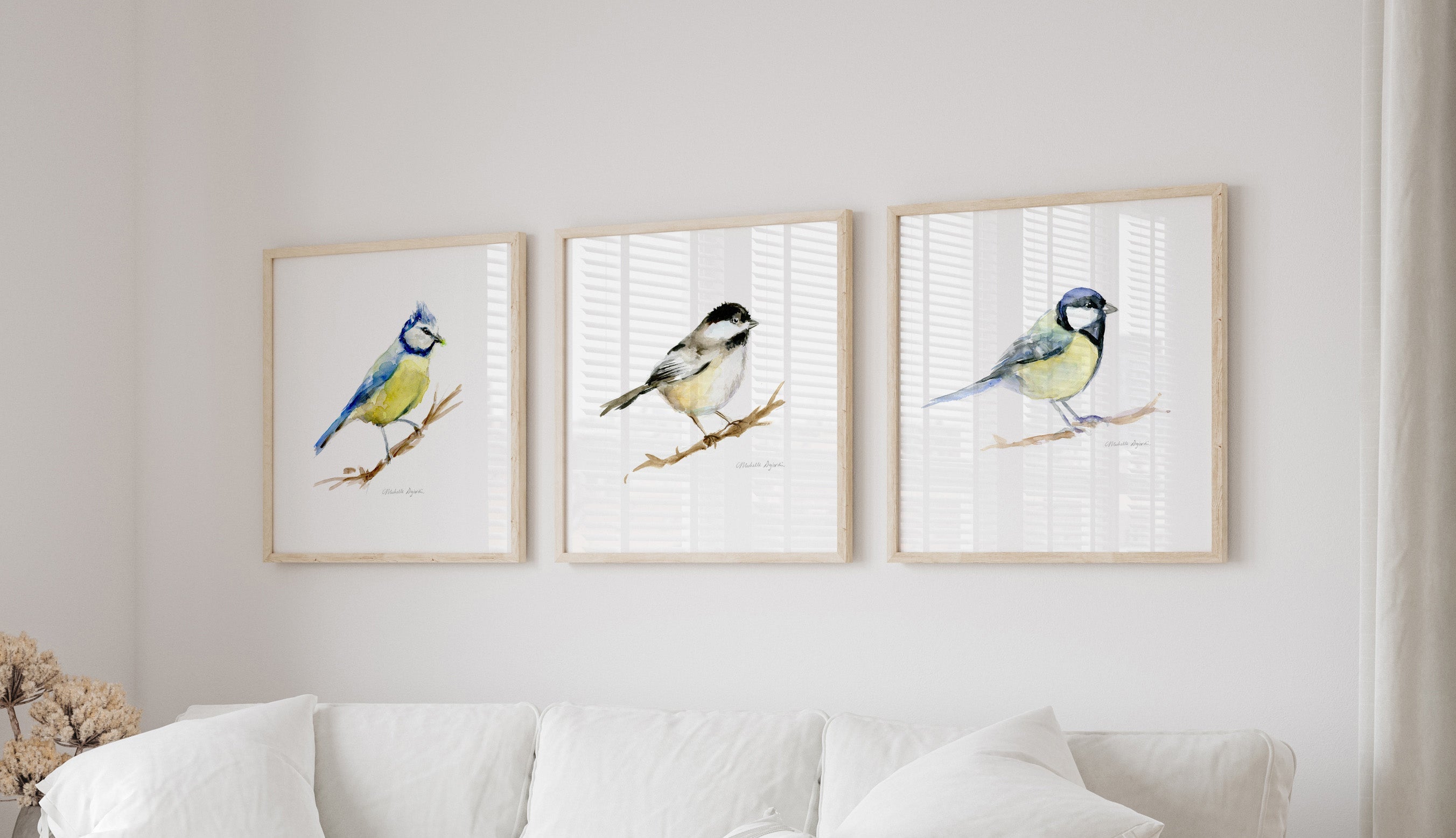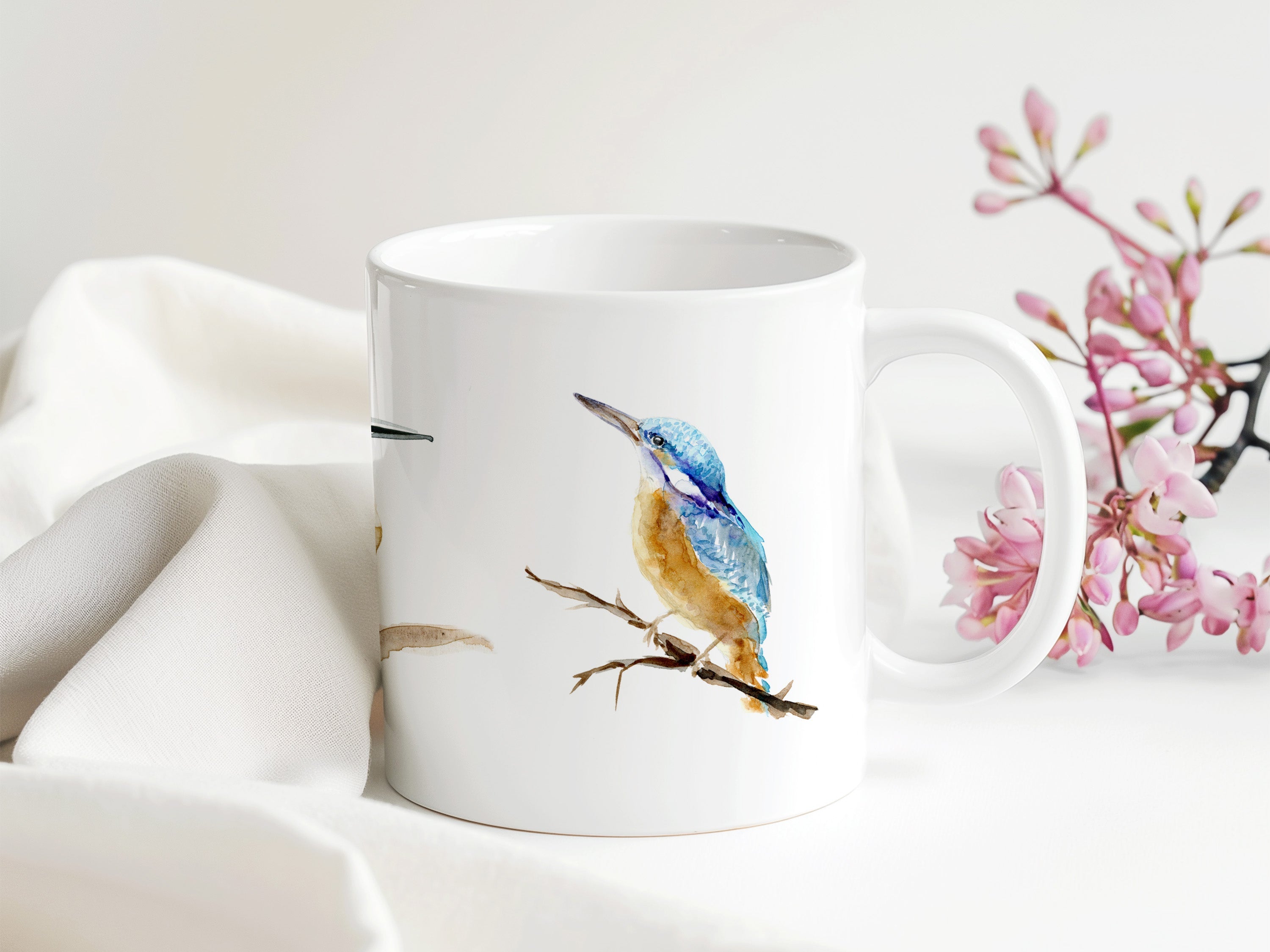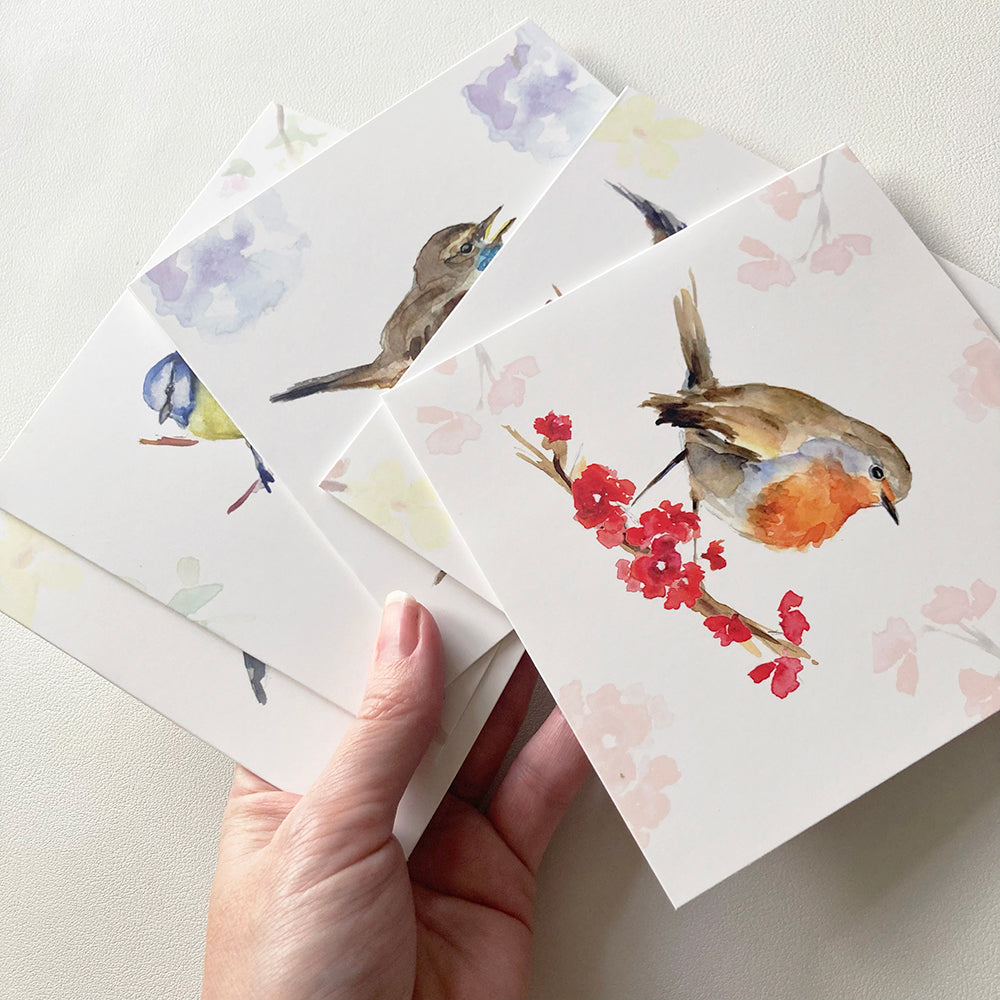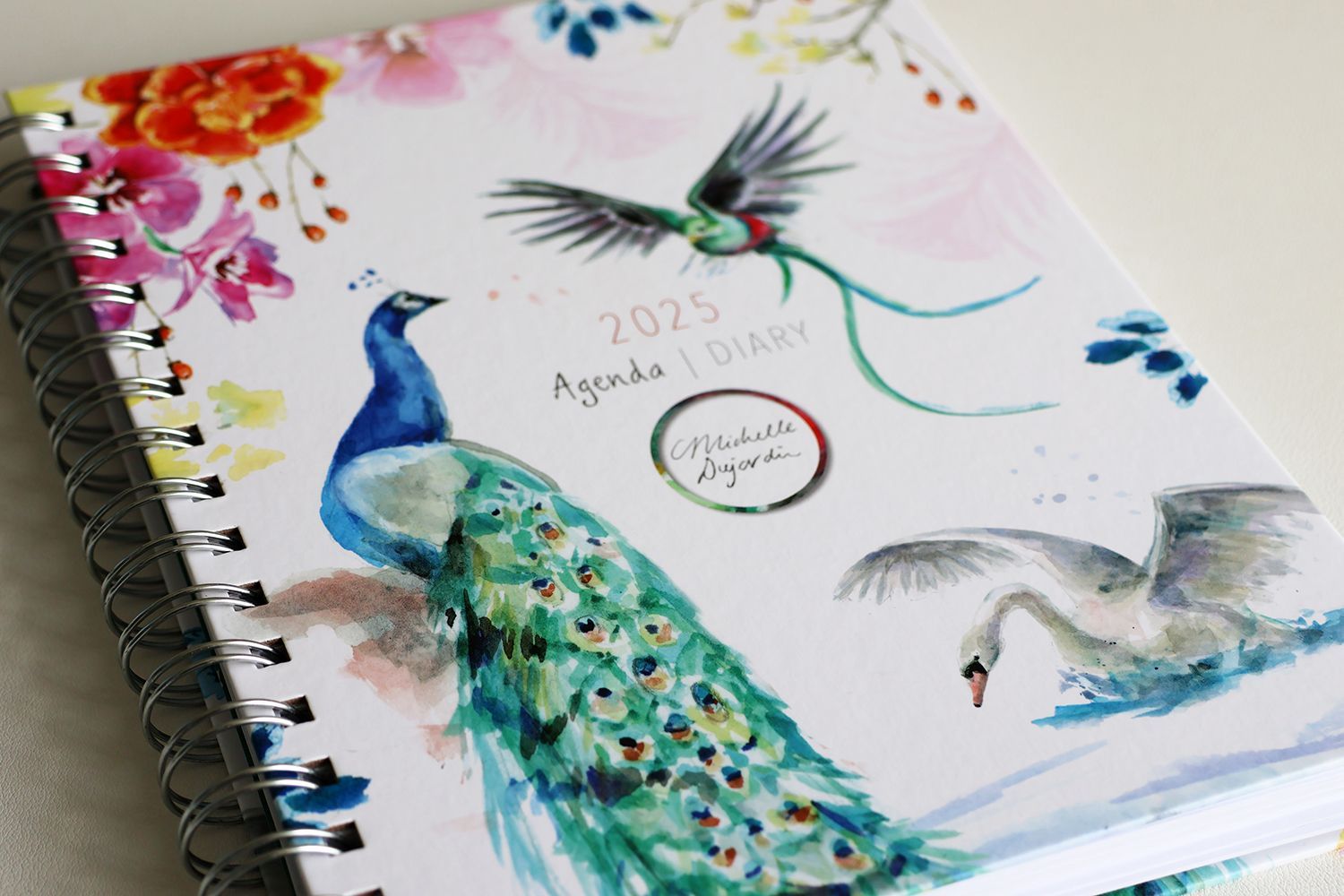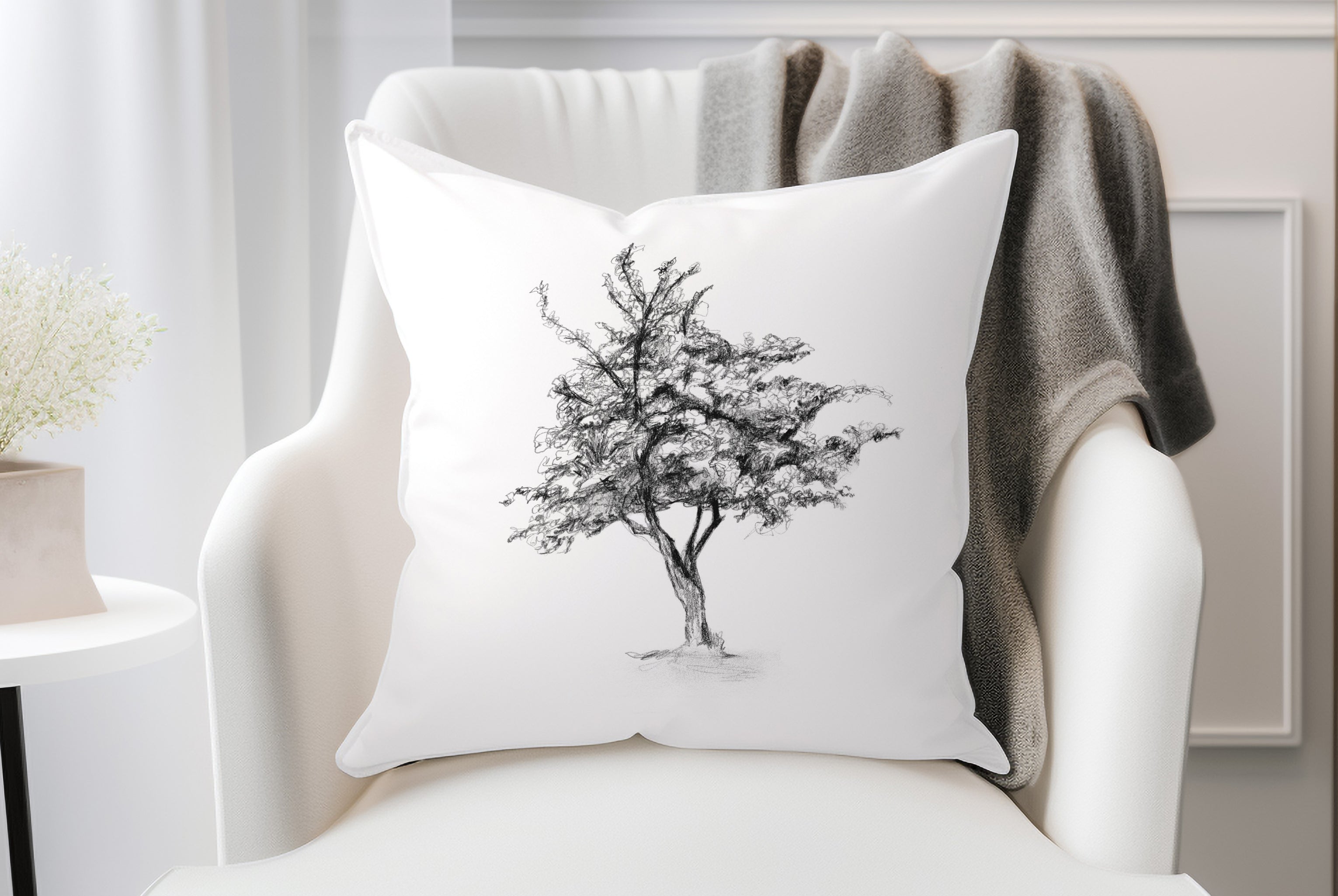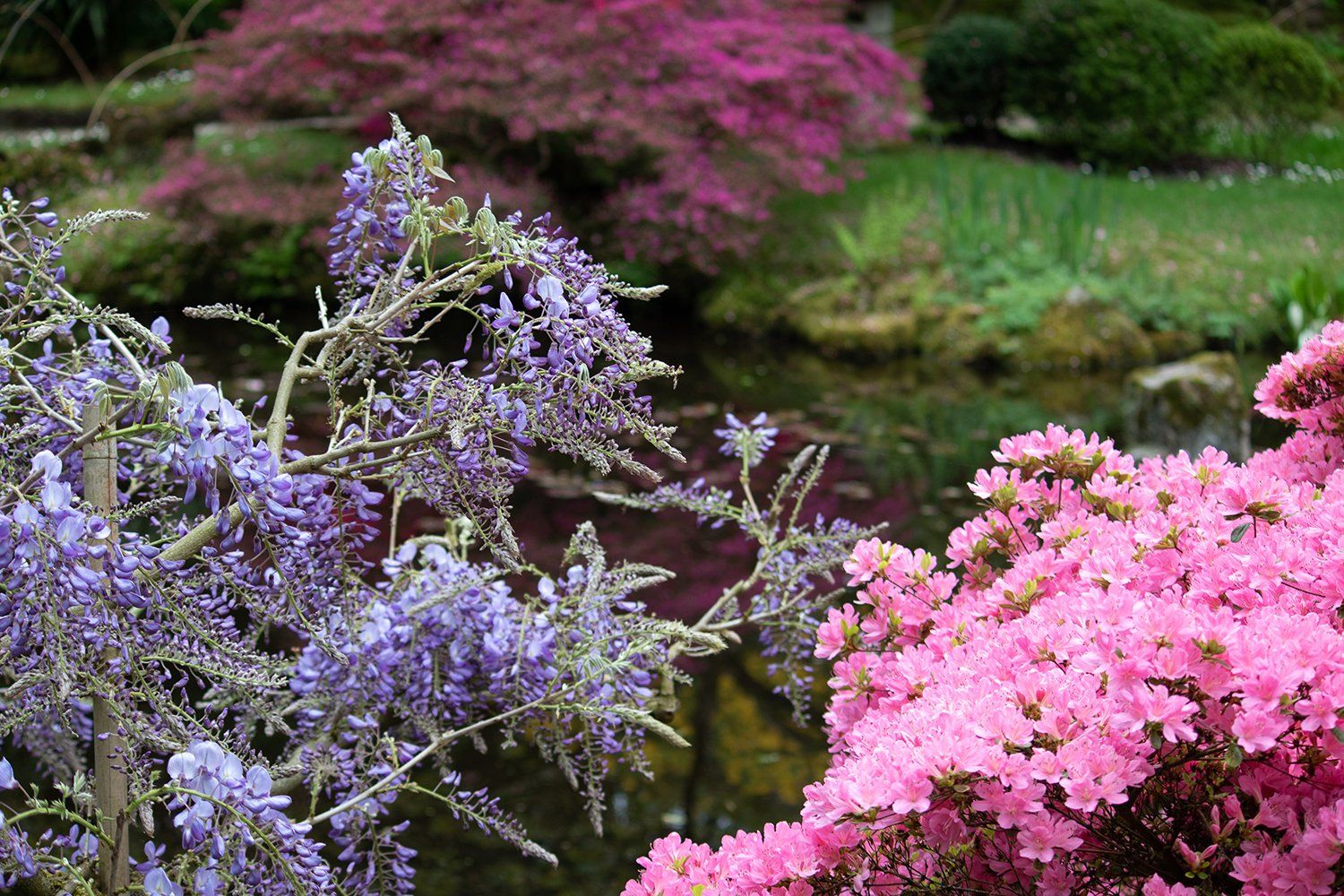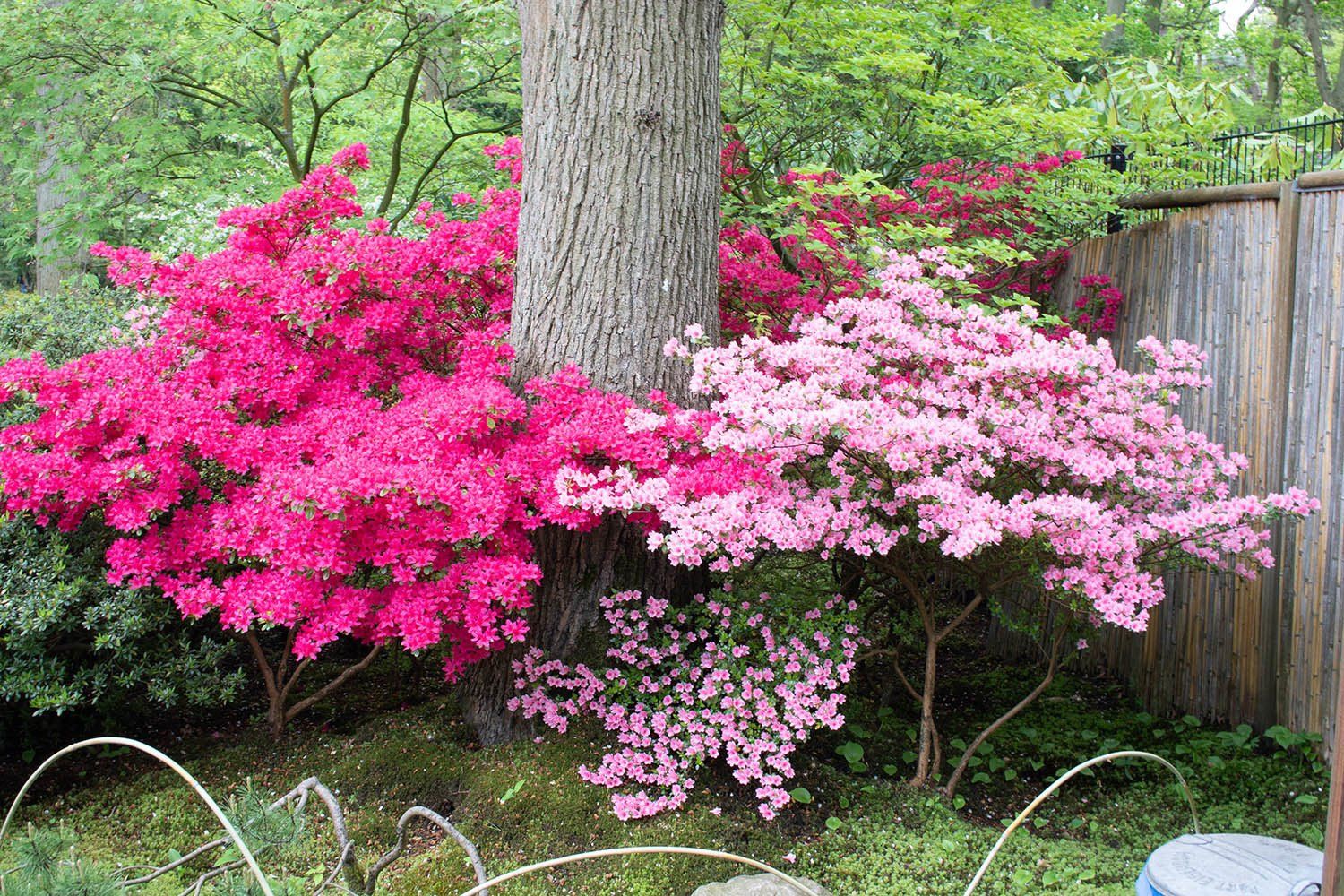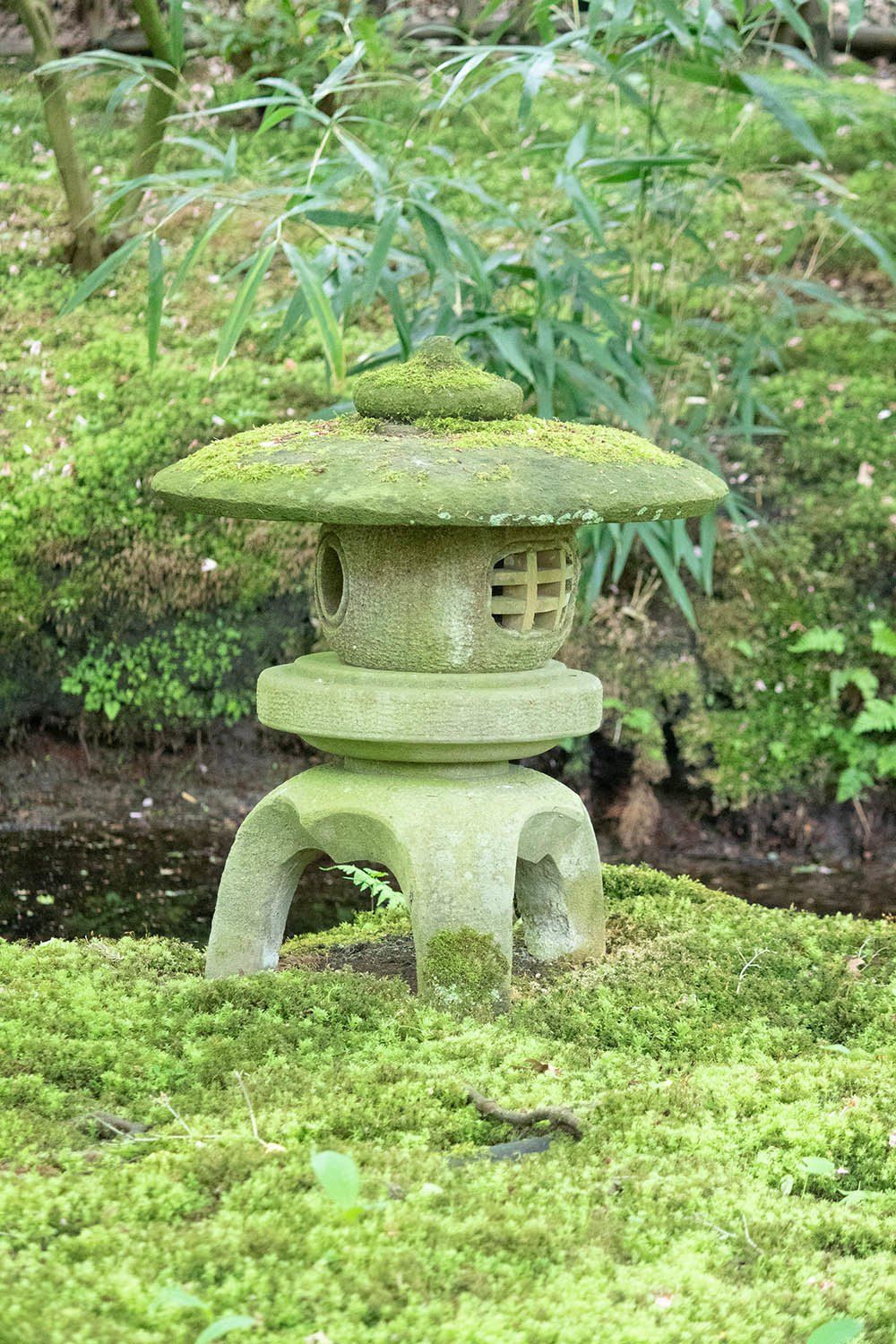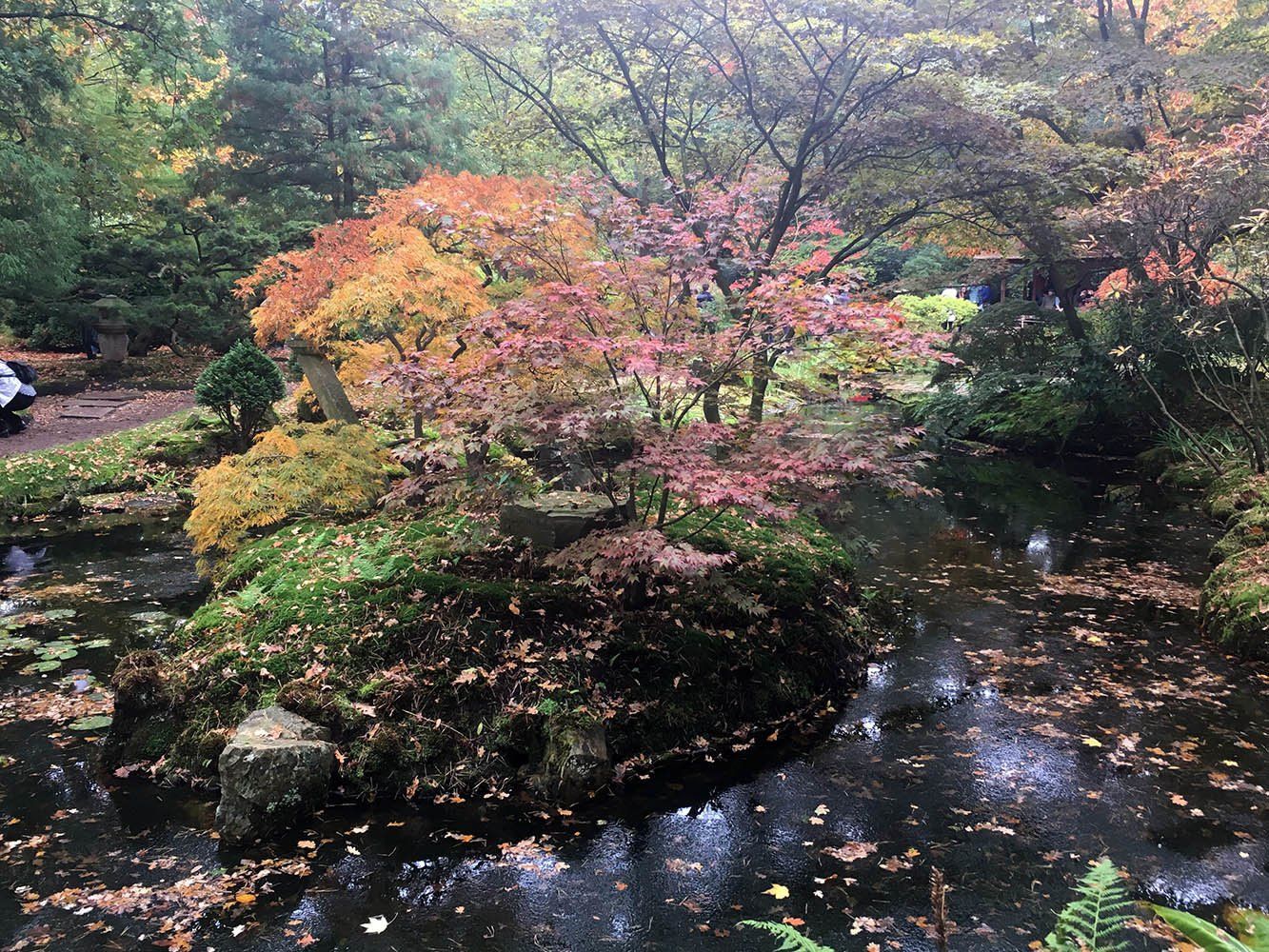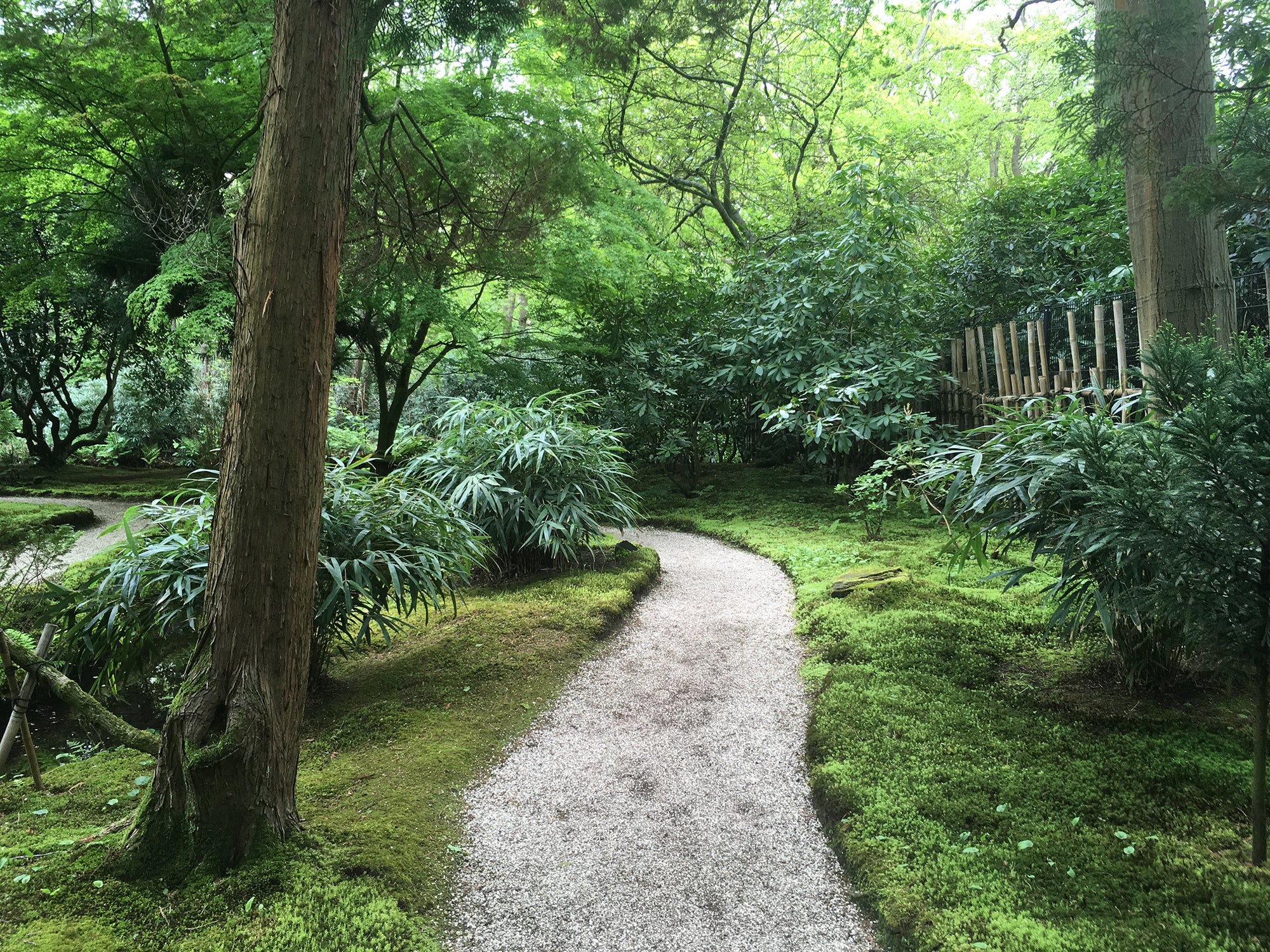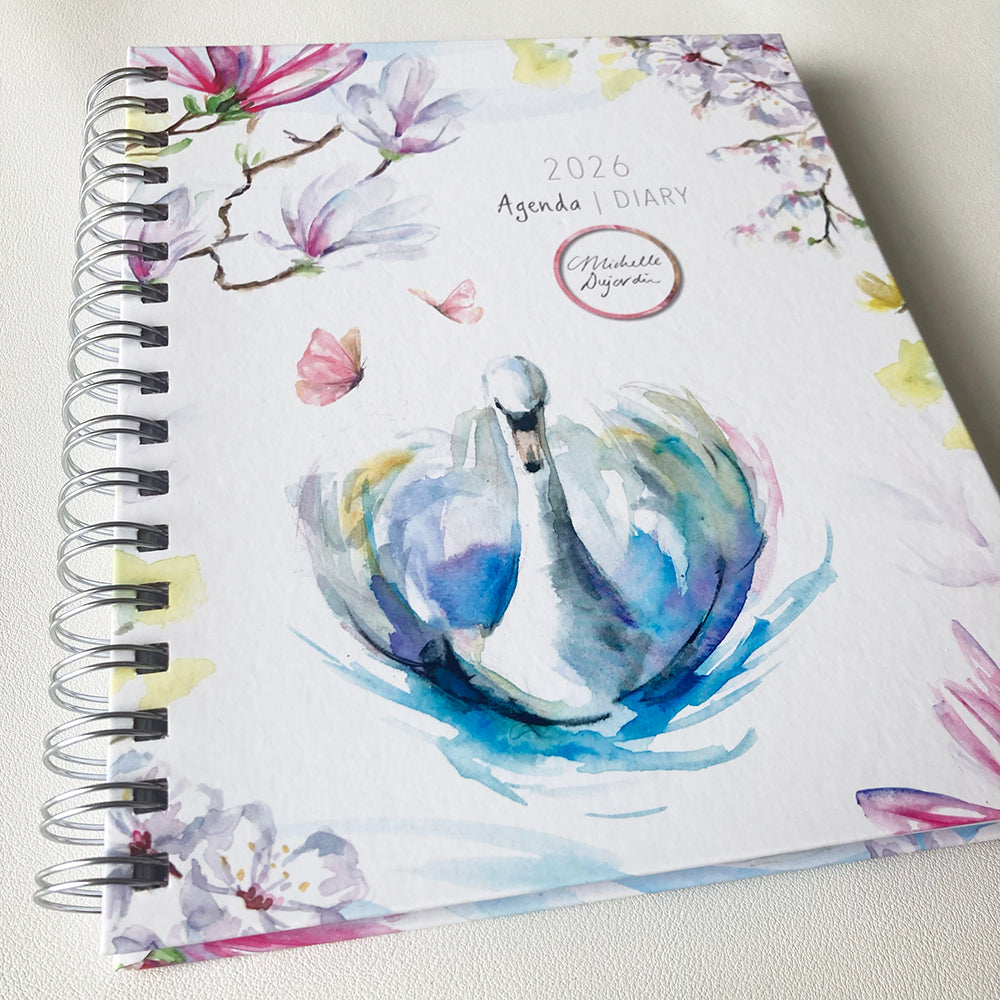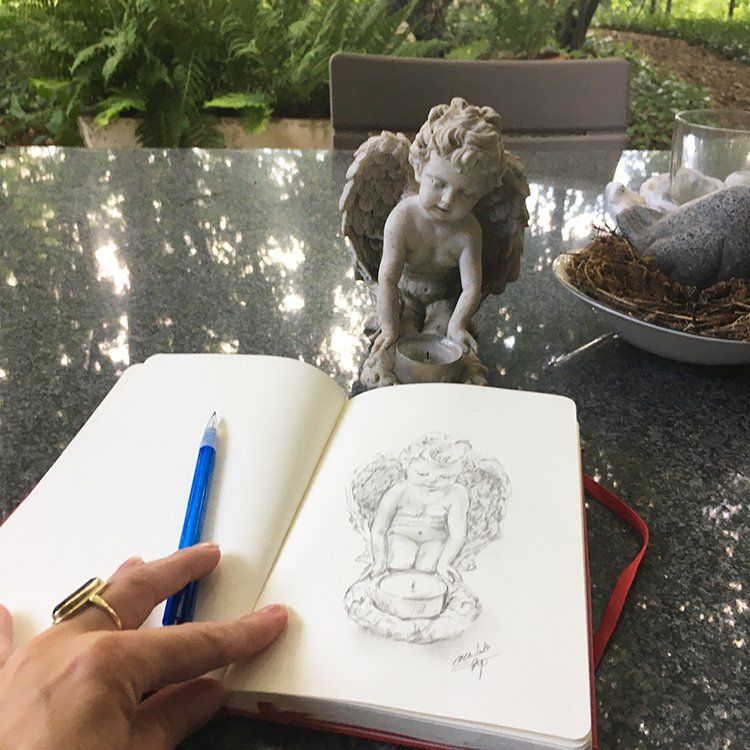Inspiration in the Japanese Zen Garden the Hague
When I was a child, my family often visited the Clingendael estate in The Hague. We called it “the forest of the squirrels”, because at that time many tame squirrels lived there and even came to eat from our hands.
When I moved back to the area, I discovered something new: a hidden Japanese garden inside the park, open to the public only eight weeks a year—six weeks in spring and two weeks in autumn. I have visited many times in spring, but this year I experienced it for the first time in autumn.

Inspiration for Zen Drawing
For those who love drawing in nature, a Zen garden is the perfect place. Practicing Zen seeing—looking with awareness and presence—becomes almost effortless here.
In spring, the azaleas bloom in dazzling colors. In autumn, the Japanese maples set the garden aflame with deep reds and golden tones. Sitting quietly with a sketchbook or watercolor kit in hand, one feels both grounded and uplifted.
But the garden also has its challenges. Because it is small and open for only a short period, it can get very crowded. Some visitors step on the fragile moss or lean on delicate branches just to take a perfect selfie. Staying truly Zen in such an environment requires patience, respect, and presence of mind.

The Meaning of a Japanese Garden
In a Japanese garden, nature and abstraction exist side by side. Stones may represent mountains, raked pebbles suggest flowing water, and lanterns symbolize inner light. For centuries, this way of seeing has invited visitors into a meditative dialogue with nature.
Whereas in the West we often seek to conquer nature, the Japanese garden asks us to slow down, to contemplate, and to see the quiet rhythm of growth and decay mirrored in ourselves.
That is why a Japanese gardener is more than just a gardener. Traditionally, gardens were tended by monks, for whom shaping the landscape was part of spiritual practice. Apprentices sometimes trained for years before they were allowed to touch the moss or prune a tree—learning first to cultivate inner silence and respect for life.

Clingendael’s Japanese Garden
The Japanese Garden at Clingendael was created around 1910 by Marguérite M. Baroness van Brienen (1871–1939). She traveled to Japan several times, bringing back stone lanterns, bridges, and rare plants to shape the garden.
Most photos in this article are taken by Willem Radder and capture the warm autumn tones of the Japanese maples and fresh spring colors of the flowering plants. Fortunately, gardens based on the same principles can be found worldwide. If you plan to visit one, make sure to choose the right season. Each has its own magic.
Drawing and Watercolor Moments
Whenever I go out into nature, I carry a sketchbook and a pencil. For me, Zen drawing is the perfect way to capture stillness and connect with my surroundings.
Inspired by my visits to the garden, I painted the red bridge shown below. The other three watercolors were inspired by Willem’s Zen Garden and my grandmother’s garden. They depict my grandmother’s azalea, Willem’s stone lantern, and his Japanese maple.




